fengdu is a small city built along the river, 172 kilometers downstream of the main city of chongqing. as early as three thousand years ago in the zhou dynasty, fengdu was the second capital of bazi. after baptism of a long history, it became a ghost city famous for its ghost culture. in ancient times, relying on the rich ghost culture, fengdu pingdu mountain incensed throughout the year and enjoyed frequent religion fete. almost every year, a number of grand temple fairs would be held there, thus forming a unique tradition of pilgrim association. since modern times, fengdu temple fair has been declining and even stopped for a time. later in 1988, the public organized a new fengdu temple fair on the third day of the third lunar month spontaneously. the tradition lingered to this day. in 2014, fengdu temple fair was listed in the national intangible cultural heritage protection list. with the desire to explore this small mysterious city, fengsushiqu research team set foot on this hot land formally on august 10, 2018, beginning the exploration of ghost culture and temple fairs.
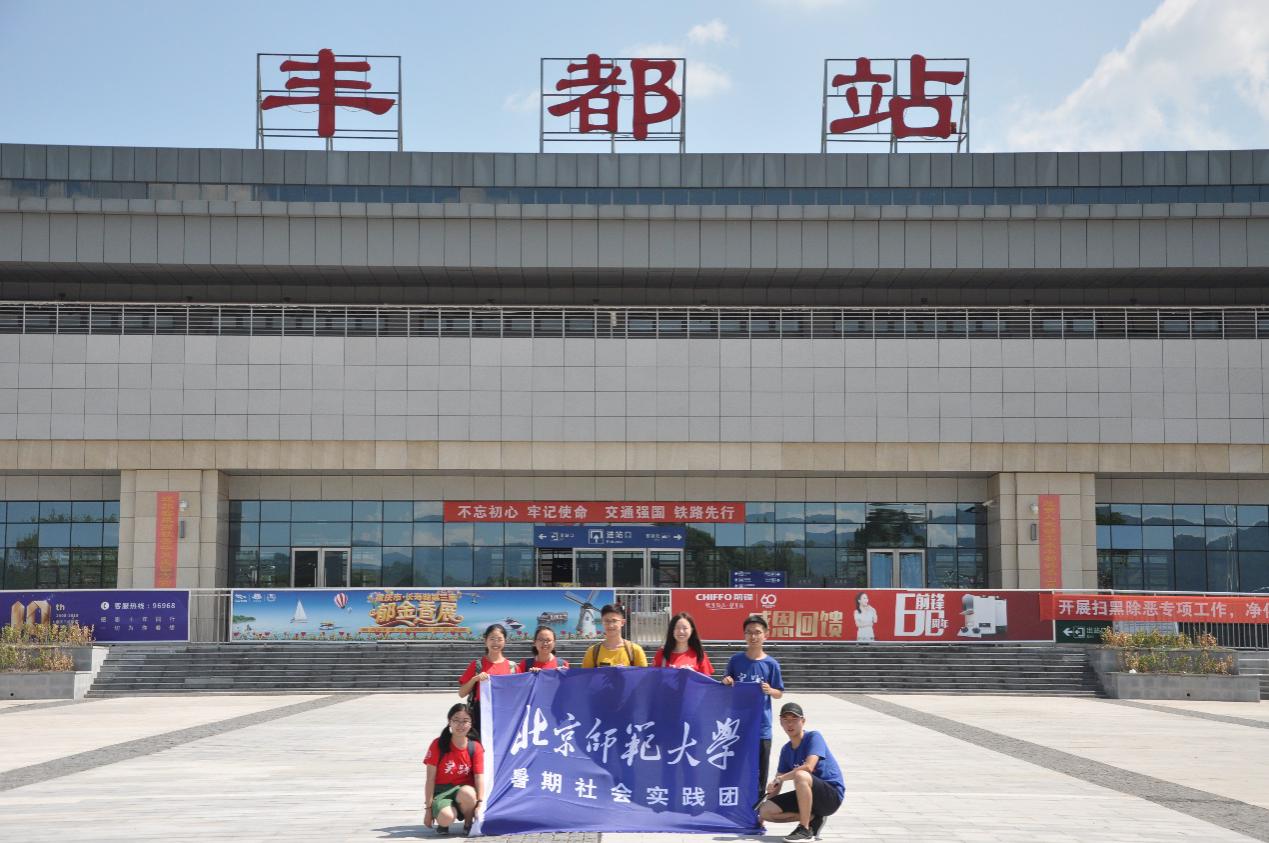
august 11, 2018: all members of fengsushiqu research team first chose to go to ming mountain (formerly known as pingdu mountain) scenic spot to start the research of the first day. there are two ghost culture concentration areas in mingmountain scenic spots: one is the long stone steps in front ofguimenguan, on both sides of which stand a lot of stone carving of ghosts, such as pishan ghost, zhuhai ghost, shirou ghost, yecha ghost, chang ghost, etc.; the other is the “ghost city” behindguimenguan, where stand the most important buildings such astianzi temple, wangxiang terrace, and east and west hell. according to the survey results of previous scholars, the temples on mingmountain were mainly built after the qing dynasty before 1935. later, due to war and “ultra-left” thought, the temples on ming mountain were ruined and the statues were destroyed. after the reform and opening up, fengdu county government started the difficult restoration and rescue work on the basis of the original materials, refurbishing the bricks, tilesand walls and rebuilding the temples and statues. most of the remaining temple relics have been expanded or even rebuilt. faced with the loss of cultural relics, members of the research team could not help but regret.
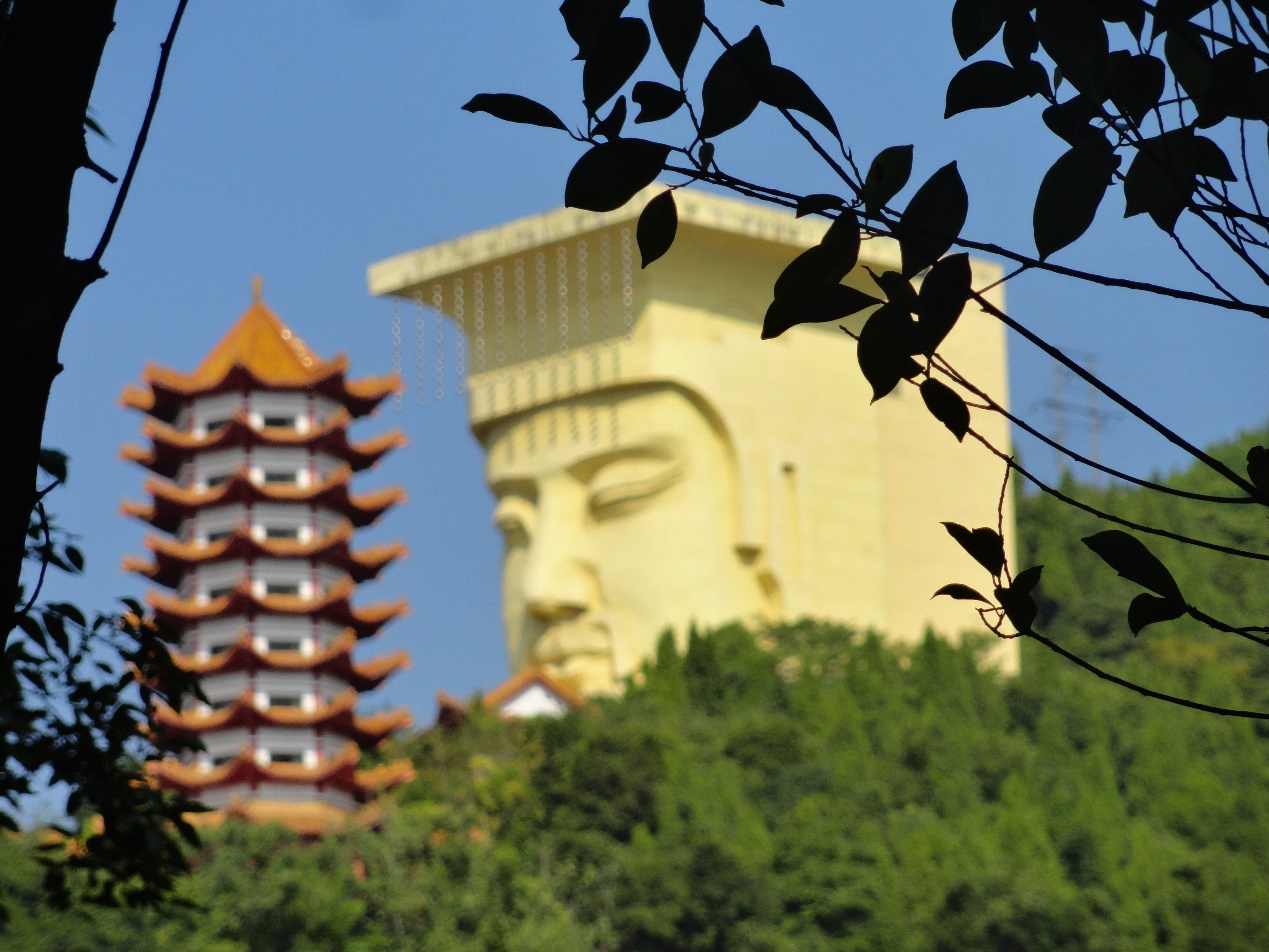
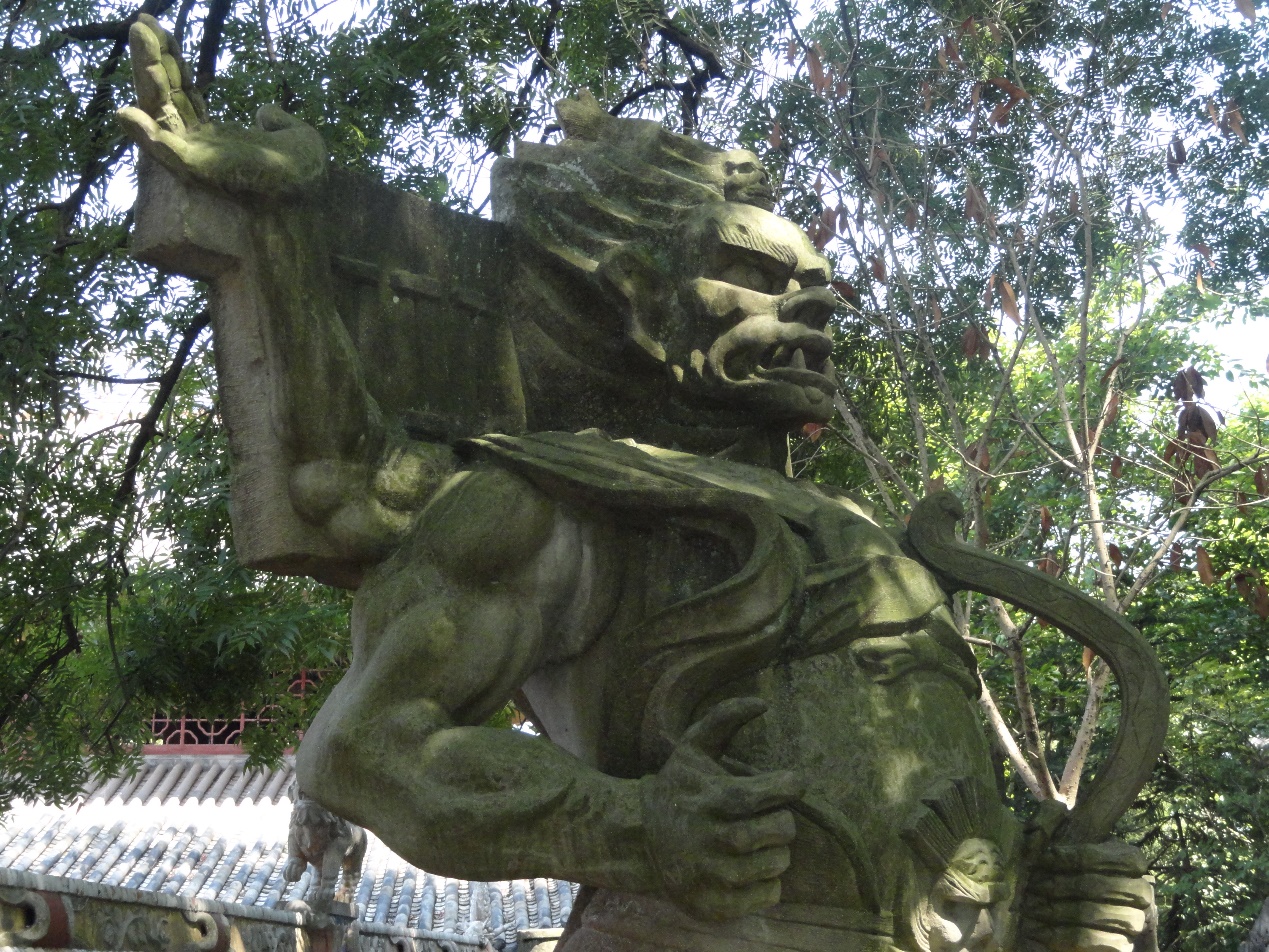
august 12, 2018: after collating the rich information of the first day's visit to mingmountain scenic area and preliminary understanding of fengdu ghost culture, the members of the research team began to modify the questionnaire. in order to measure the influence of ghost culture on local people, all the members worked together to make a questionnaireincluding a variety ofquestion types, such as multiple choice, identification, gap filling and essay question, and started the first day of questionnaire distribution. faced with the strangers who spoke chongqing dialect, some of the members were at a loss and some were shy, but they still took the first step with courage. nearly 20 questionnaires were collected in just one and a half hours. after returning to the residence that evening, the intense questionnaire statistics work began.
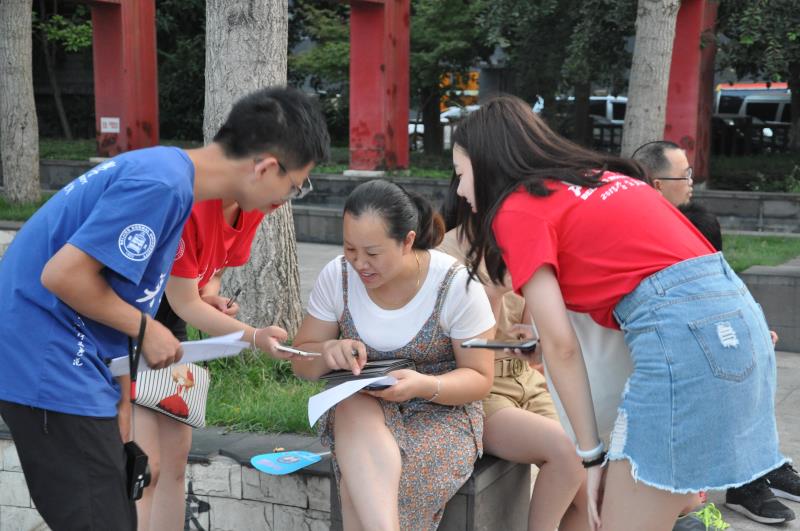
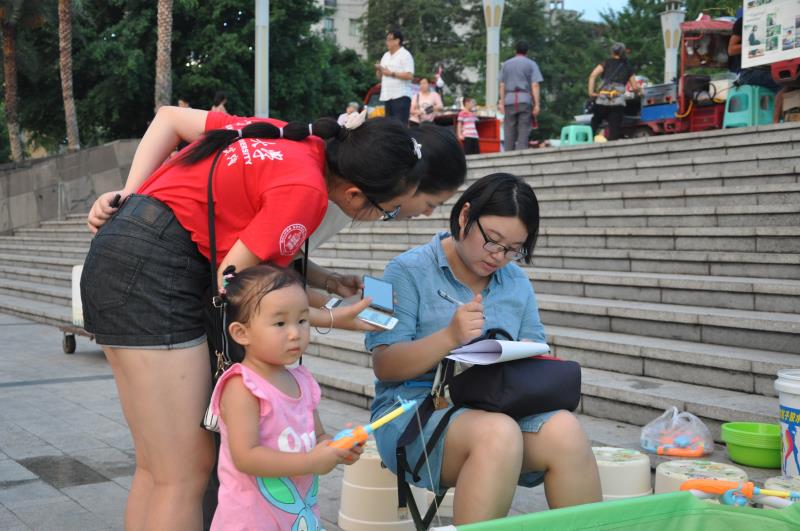
august 13, 2018:in the morning, the members of the research team came to fengdu cultural center by appointment, and prepared to interview teacher wu, who has been responsible for the protection of fengdu's intangible cultural heritage for many years. unexpectedly, teacher wuon temporary emergency and asked teacher dai who also has great enthusiasm for the intangible cultural heritage work to answer our doubts. teacher dai asked us to copy all kinds of materials of applying for the intangible cultural heritage of fengdu temple fair and a variety of film and television materials of the temple fair, and presented the book fengdu county intangible cultural heritage list compiled by the cultural center, so that we had a further understanding of fengdu temple fair. in the afternoon, members of the research team visited the intangible cultural heritage protection center specially established in the past two years to learn about the inheritors of the temple fair.
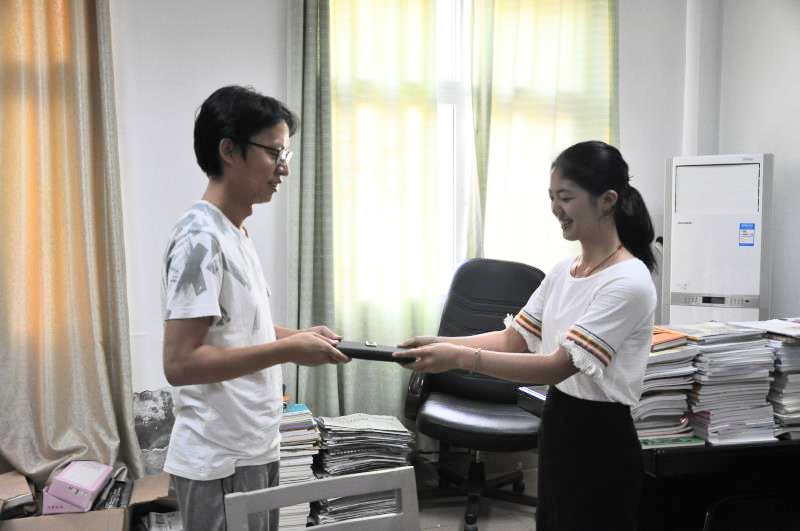
august 14, 2018: on this day, members of the research team came to fengdu cultural center again to discuss with teacher wu and teacher dai about the topics such as fengdu temple fair, fengdu ghost culture and protection of intangible cultural heritage. starting from the traditional pingdu mountain pilgrim association, the teachers told us the bumpy course of fengdu temple fair and mentioned their excitement about the once-a-year temple fair when they were young. we could still see that the temple fair was no longer just a gathering for every fengdu person, but also contained more emotion factors. when it came to the protection of ming mountain relics and the inheritance of current intangible cultural heritage, both teachers expressed their helplessness at the same time. so far, teacher wu’s word that he just stood at the gate of intangible cultural heritage and let intangible heritage disappear more slowly still lingered onthe ears of the research team members. this sentence is not only full of the teacher's love, but also contains deep helplessness. intangible cultural heritage is on the process of gradual disappearance. with the efforts of cultural lovers, it is really hard to make any progress without financial support and institutional guarantee. when the flag of protecting intangible cultural heritage is handed to us, how can we hold and carry it well? this is not only a problem that teachers worry about, but also a problem that the whole society should consider when facing intangible cultural heritage.
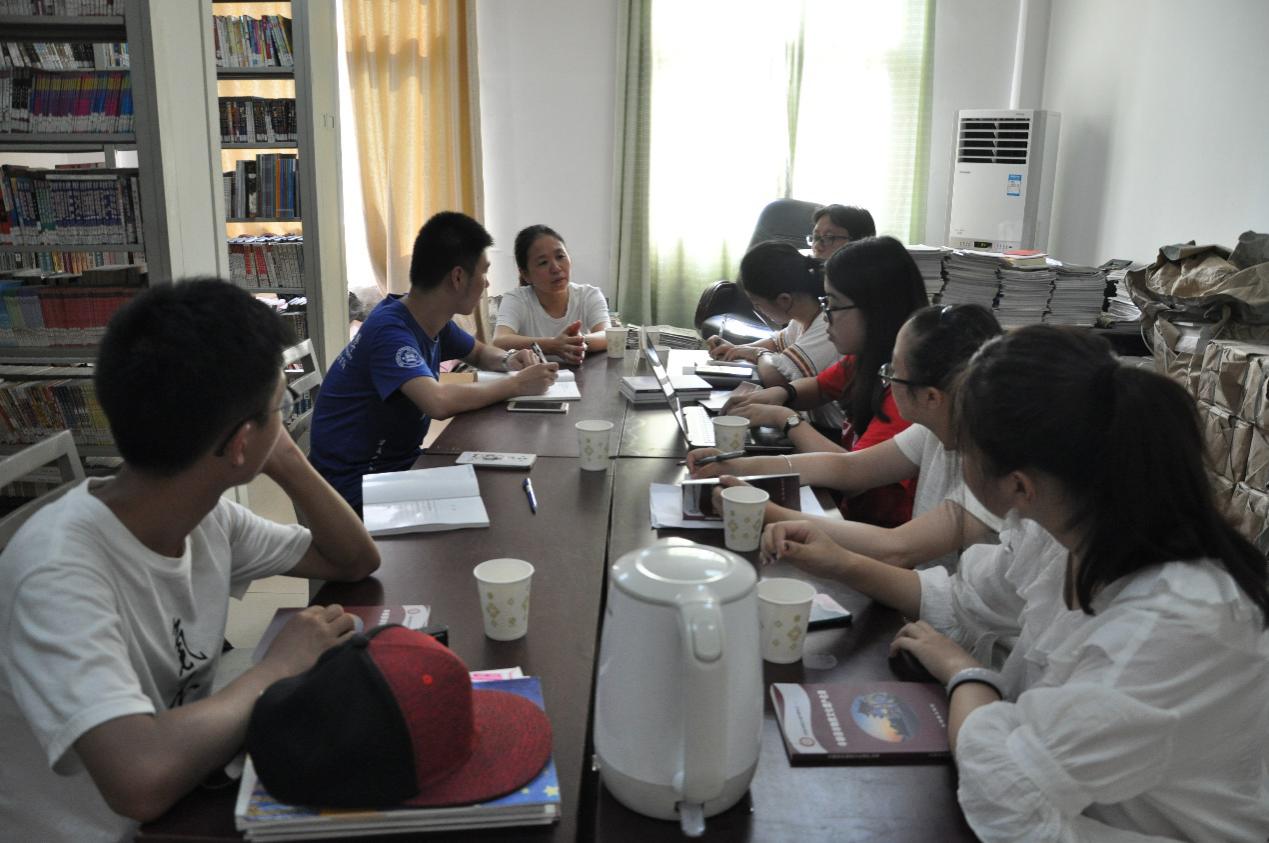

august 15, 2018:the members of the research team came to wuhuo temple in fengdu county under the recommendation of teacher wu and teacher dai. wuhuo temple was one of the buddhist activity centers in the east of sichuan province. it had three courtyards, and the buildings were tall and elegant. now there was only one old man who is over 70 years old guarding the temple. according to the teacher, there were several tall jade buddha in the temple. but now, there were only three inferior clay sculptures, full of dust and ash, and few people worshiped. there was a stele carved on the front of the table of god. the tablet inscription was called dengtianyuanxu, which recorded a bit of history of wuhuo temple. the team members spent a lot of time transcribing it in a sweat. when we were about to leave, it rained. standing in the rain, wuhuo temple had a unique flavor. in the process of chatting with the old man, we learned that he had been guarding the temple for more than 20 years, and that he was alone. we were filled with regrets.
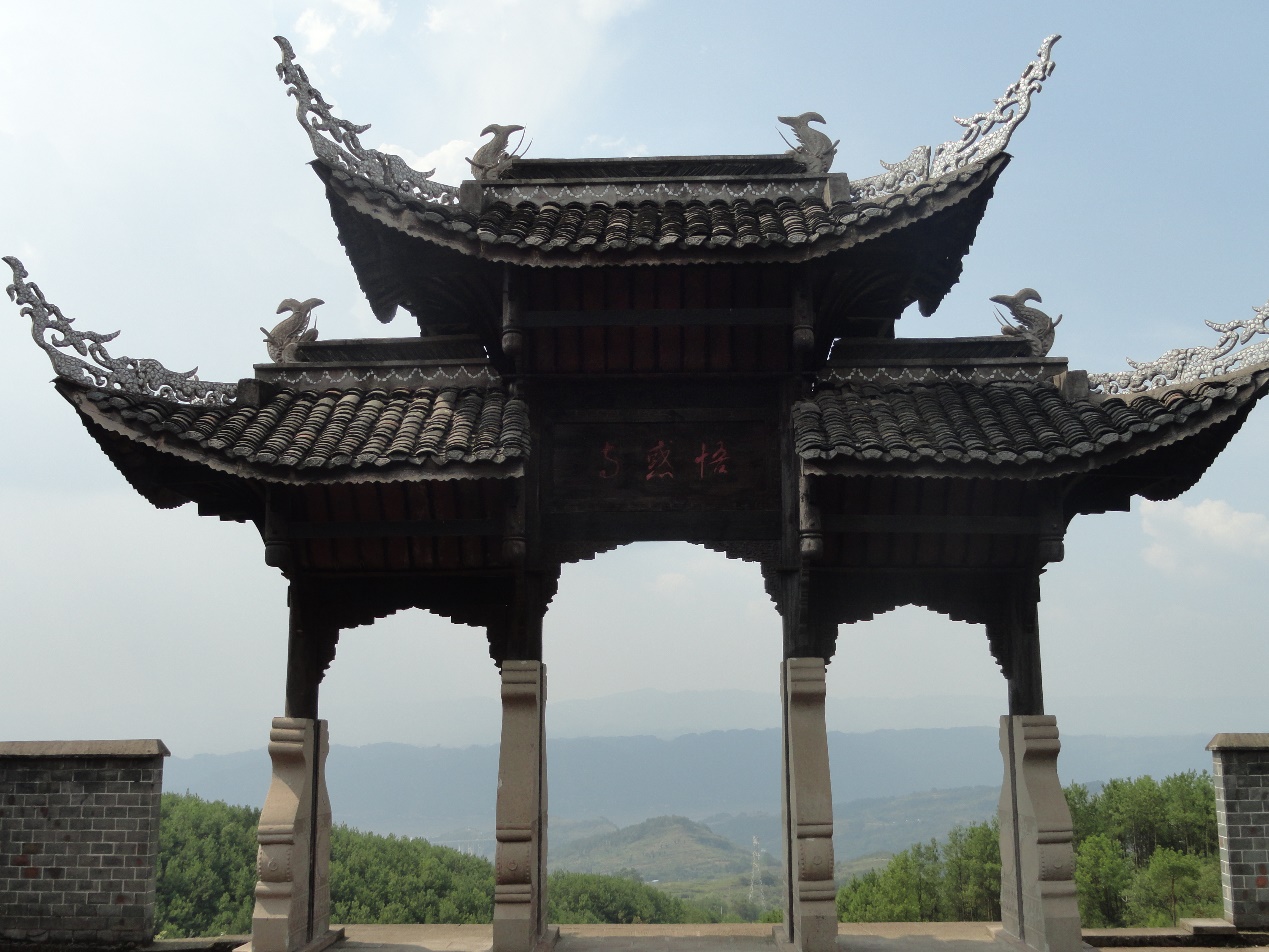
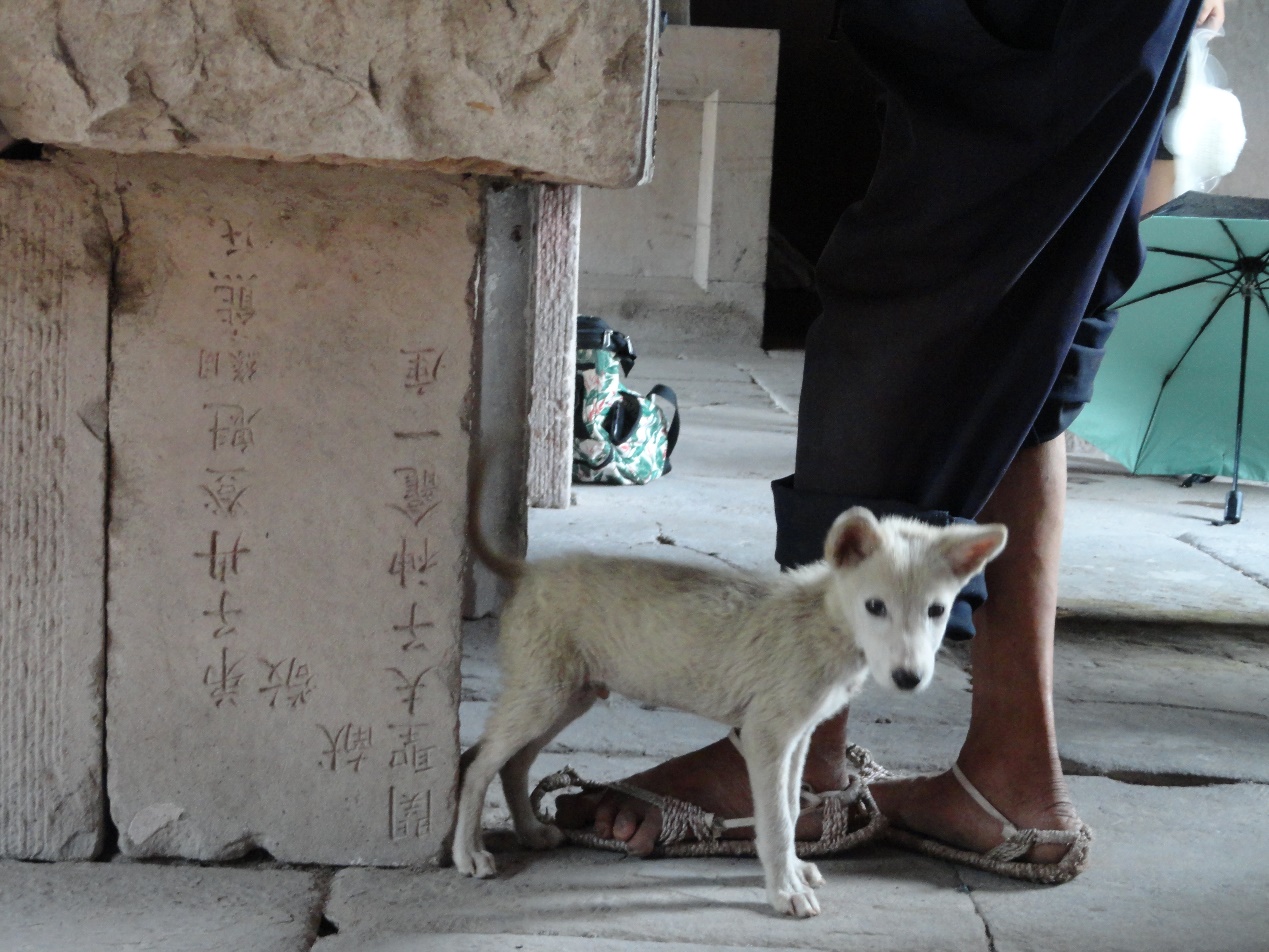
the six-day investigation ended under the scorching sun of chongqing. members of the research team had all sorts of feelings. it was the first time we came to chongqing, the first time we learned about ghost culture carefully, the first time we came into contact with intangible cultural heritage, the first time we got to know the helplessness of the cultural workers, the first time we handed out the questionnaire on the street… a lot of firsts were left in fengdu and to research. but our deepest feeling was how to protect the intangible cultural heritage. hope that we can stand at the gate of intangible cultural heritage and make it disappear slower and slower.